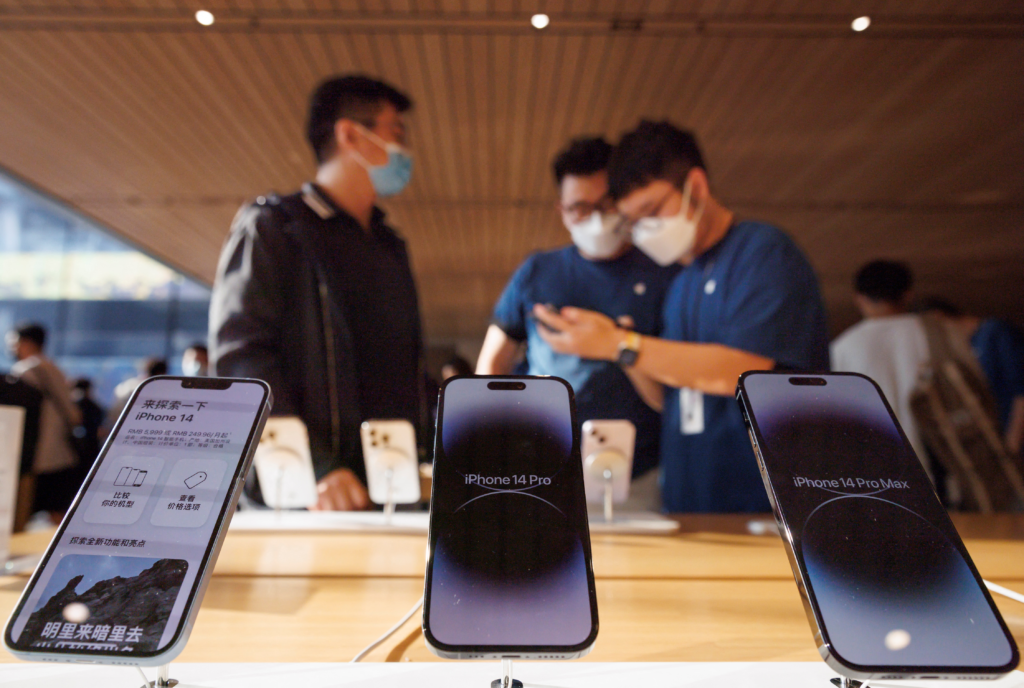

More in Business
-


Business
Indian Stock market prediction for September 8-12. Ready, why is it an important week?
The Indian stock market has been stagnant and underperforming for the past month or so, largely...
-


Business
MECL begins rare earth exploration in Kutch’s Nokhaniya block
MECL forms rare earth digging in Kutch, Gujarat—its first NMET-backed vital mineral exploration in the state....
-


Business
Gujarat Gas downgraded after Q1FY26 earnings miss
ICICI Securities devaluated Gujarat Gas Ltd (GUJGA: IN) from Buy to Add and reduced its price...
-


Auto
Tesla Enters India: A Long Road Ahead?
Tesla Arrives in India. But Can It Power Through the Long Haul? The EV giant’s entry...
-


Business
Who Is Sabih Khan? Apple’s New COO Steps In
Sabih Khan Named Apple’s New COO, Replacing Jeff Williams In a major leadership shift at Apple,...























